A mighty Endeavour
Two hundred and fifty years ago today, Captain James Cook departed Plymouth, England, on his epic voyage in search of a great southern land. This is the timeline of his journey.
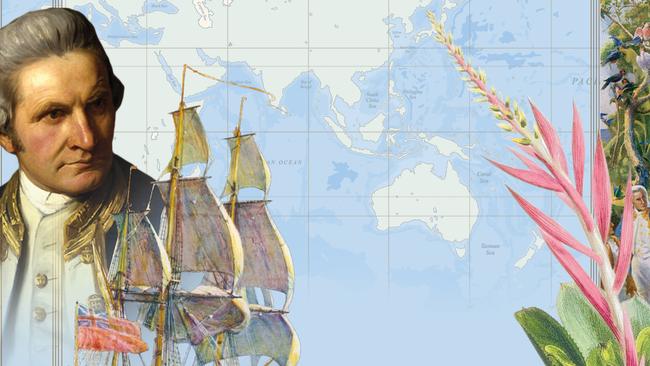
In 1768 James Cook was selected to lead a joint Admiralty-Royal Society expedition to the Pacific. This was part of the Royal Society’s plan to use the Transit of Venus (the passing of Venus across the face of the sun) to calculate the distance from the Earth to the sun. Joseph Banks, a wealthy landowner and botanist, also joined the voyage with a party of scientists and artists.
Alongside the scientific aims, the Admiralty provided Cook with secret orders instructing him to search for land and commercial opportunities in the Pacific.
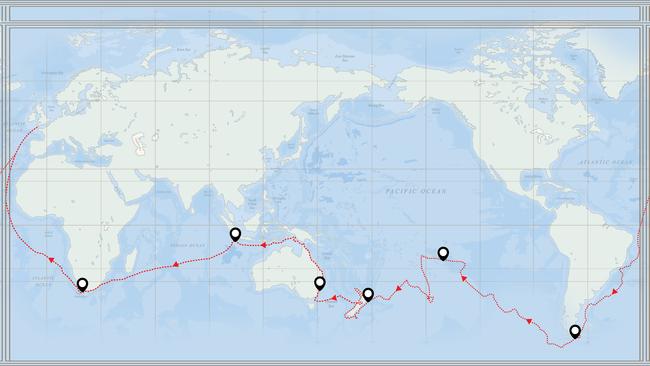
-
May 26, 1768
Cook took command of HMB Endeavour (HMB was used because there already was an HMS Endeavour).
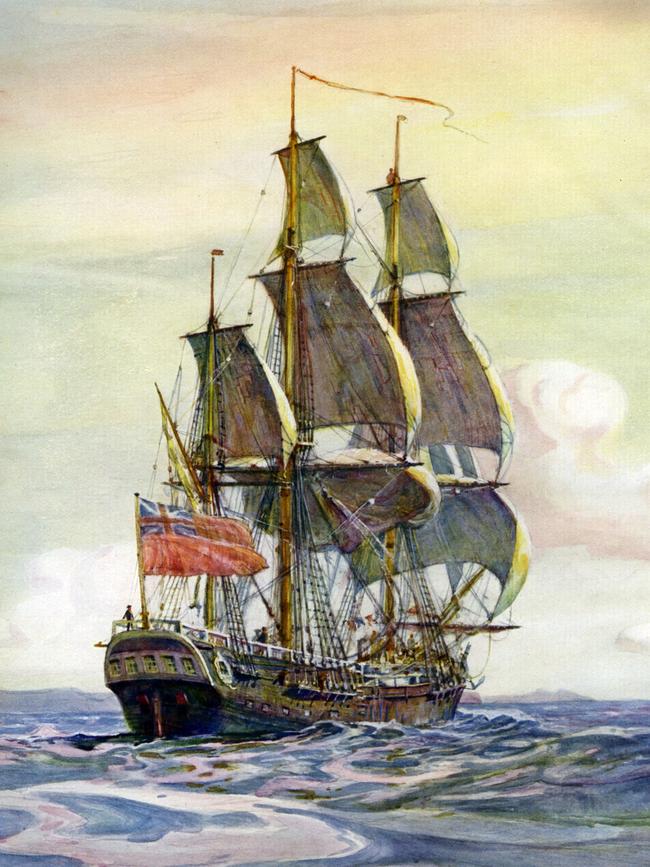
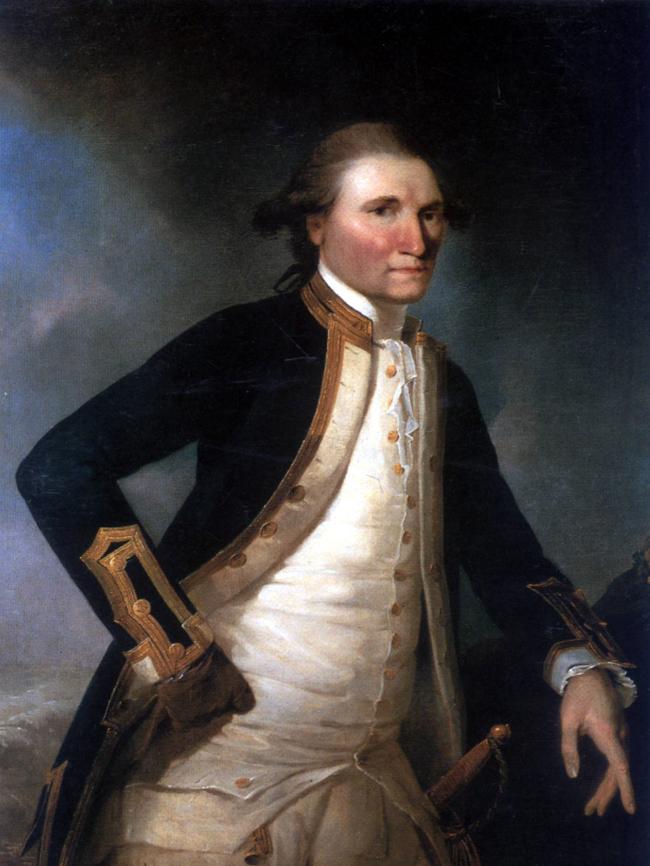
-
August 25, 1768
The Endeavour sailed from Plymouth.
-
January 14, 1769
The Endeavour anchored in the Bay of Good Success, Tierra del Fuego, where provisions were taken on board and artist Alexander Buchan made a series of drawings.
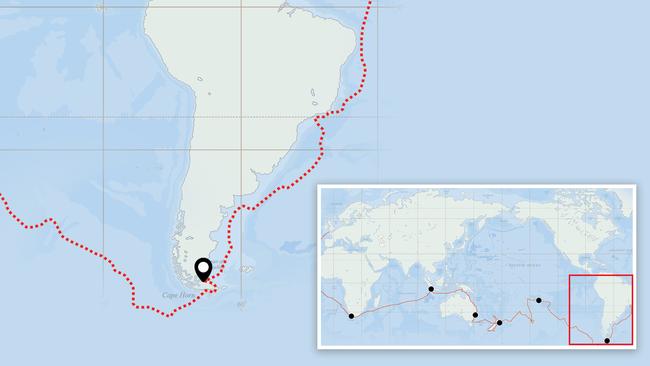
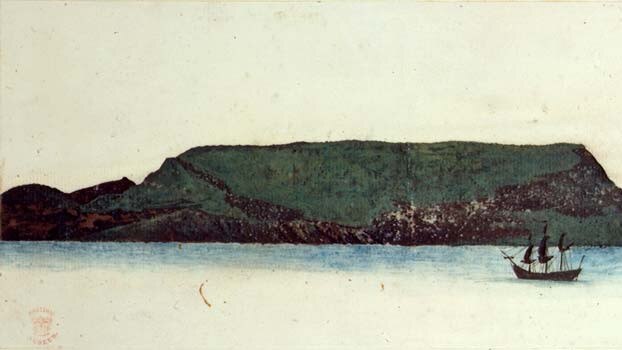
-
April 13, 1769
The Endeavour anchored in Matavai Bay, Tahiti, where good relations were established with Tuteha, the chief of the area. On arrival Cook had set out the rules, including:
‘To endeavour by every fair means to cultivate a friendship with the Natives and to treat them with all imaginable humanity.’
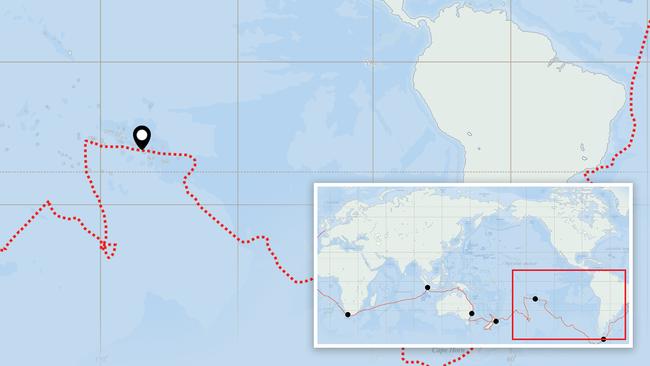
-
April 17, 1769
Expedition artist Buchan died. Sydney Parkinson, the natural history artist, also took on responsibility for drawing people and landscapes.
-
June 3, 1769
Three parties observed the Transit of Venus but the results proved imprecise.
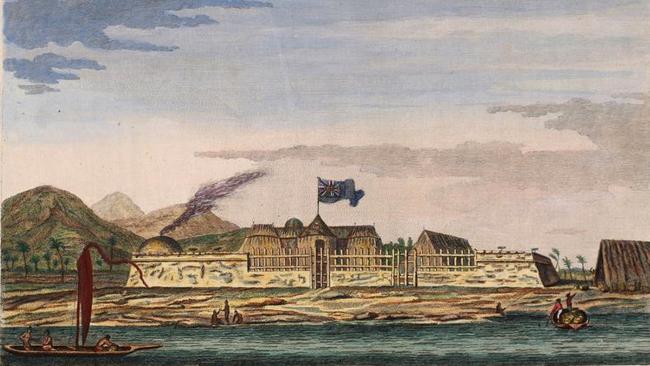
-
June 9, 1769
Joseph Banks took part in a funeral ceremony led by the chief mourner, which he described in his journal and which was depicted in several drawings. Just as Cook was planning to leave Tahiti, two members of Endeavour’s crew decided to desert, having “strongly attache’d themselves” to two girls, but Cook recovered them.
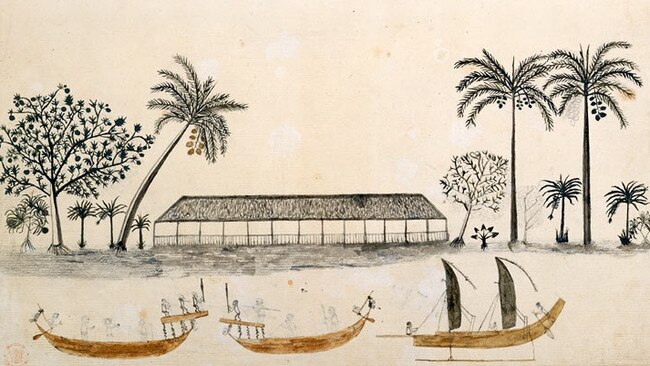
-
July 13, 1769
The Endeavour left Tahiti. The Rai’aitean navigator and high priest Tupaia joined the ship with his young servant Taiato. Tupaia acted as interpreter when they came into contact with other Polynesian peoples and helped Cook to make a map of the Pacific Islands. This showed Cook the location of islands arranged according to their distance from Tahiti and indicated the Polynesians’ knowledge of navigation and their skill as mariners.
![Chart of the Society Islands, with Otaheite [Tahiti] in the centre. Source: British Library](https://content.api.news/v3/images/bin/2bda3e409a2861e606105c20fb72ba8f?width=650)
-
October 7, 1769
The coast of New Zealand was sighted. Part of the west coast had been visited briefly by Abel Tasman in 1642 but otherwise the land was unknown in Europe. It had been settled by the Maori people sometime before 1300.
-
October 9, 1769
The first landing at Turanganui-a-kiwa, which Cook later called Poverty Bay. Shots were fired, resulting in the death of Maori leader Te Maro.
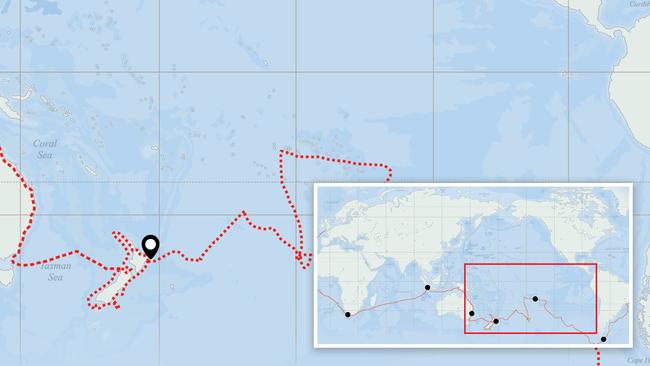
-
October 10, 1769
First meeting between British and Maori. Two further violent incidents take place during which Te Rakau and several other men were killed by British musket fire.
-
October 11, 1769
Meeting aboard ship between the British and Maori who approach in canoes. Goods are exchanged. Artist Parkinson described three Maori who visited the Endeavour on October 12, 1769:
‘Most of them had their hair tied up on the crown of their heads in a knot … Their faces were tataowed, or marked either all over, or on one side, in a very curious manner, some of them in fine spiral directions.’
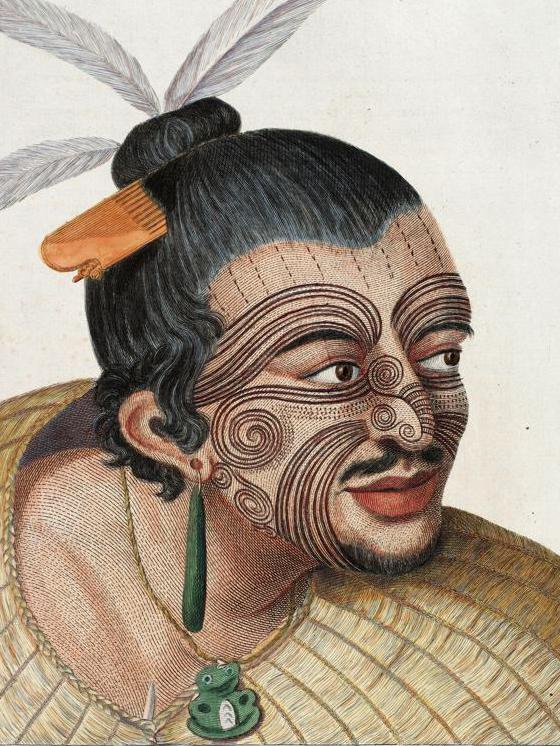
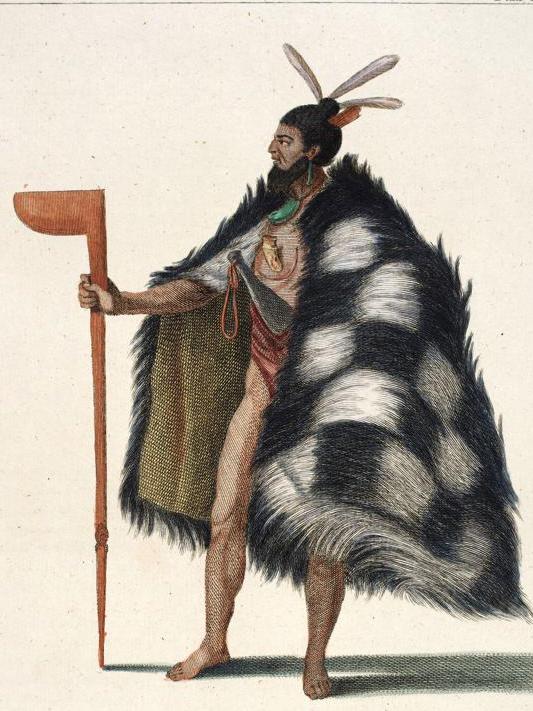
-
October 15, 1769
Taiato was kidnapped and taken aboard a canoe. The canoe was fired on and Taiato escaped and returned to the Endeavour.
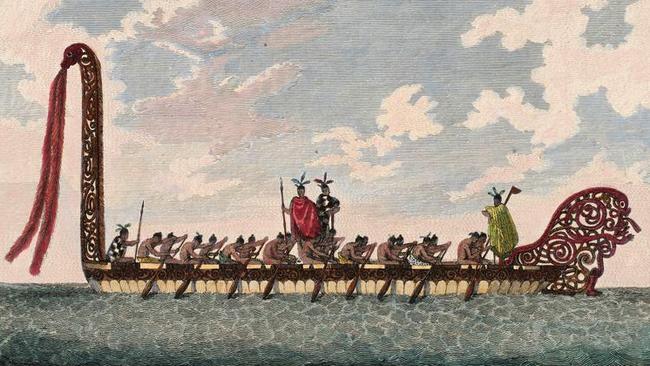
-
October 23, 1769
The Endeavour anchored at Uawa, which Cook called Tolaga Bay. During the stay the artists made drawings of artefacts and places, including the arched rock.
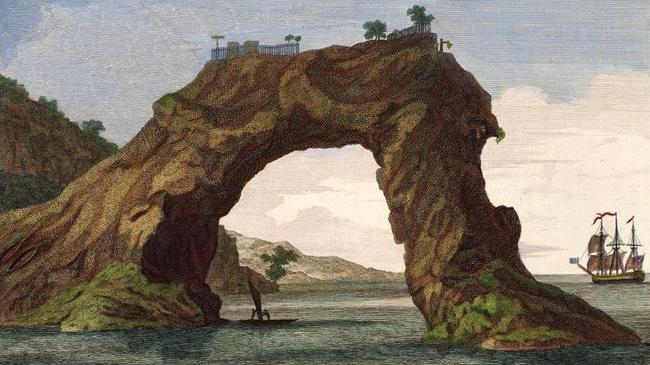
-
November 9, 1769
Cook and Charles Green observed the Transit of Mercury at Mercury Bay.
-
January 16, 1770
The Endeavour anchored at Ship Cove, Queen Charlotte Sound, which would become Cook’s main base in New Zealand.
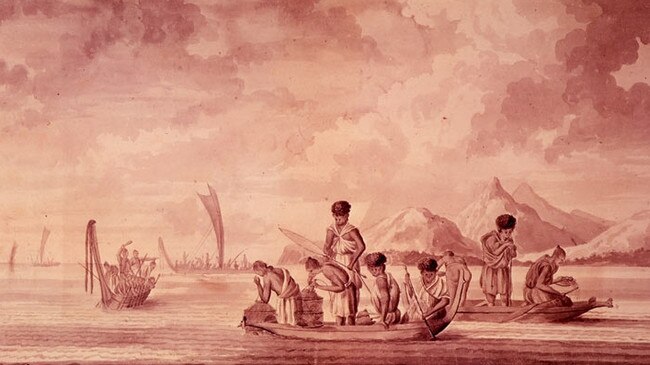
-
March 10, 1770
The Endeavour passed the southern tip of the South Island, disproving the theory, common in Europe, that New Zealand was part of the Great Southern Continent.
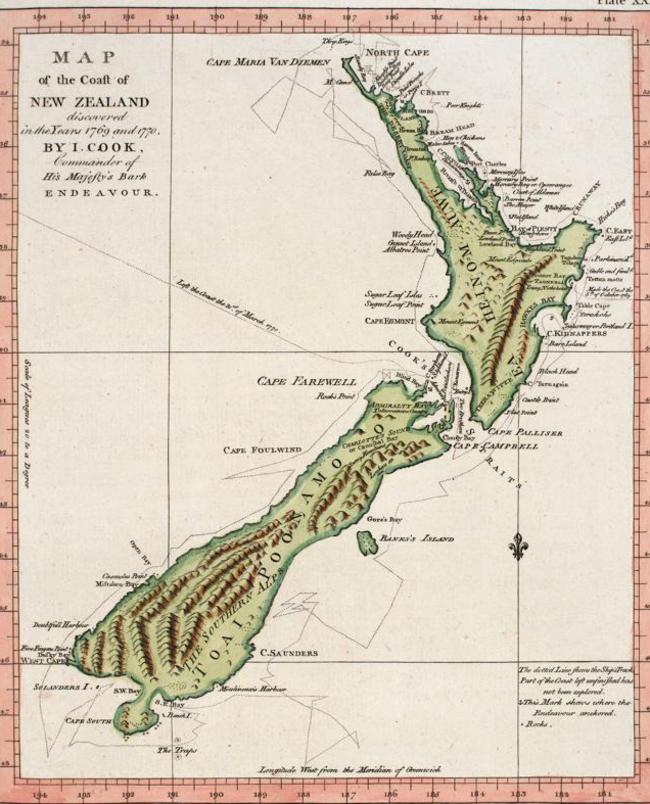
-
March 31, 1770
The Endeavour sailed for Australia. Cook had spent six months completing the circumnavigation and first chart of New Zealand. He discovered that New Zealand consisted of two main islands, North (Te Ika a Maui) and South (Te Wai Pounamu) islands.
-
April 19, 1770
The east coast of Australia was sighted. The Endeavour sailed north in search of an anchorage at which supplies could be taken on.
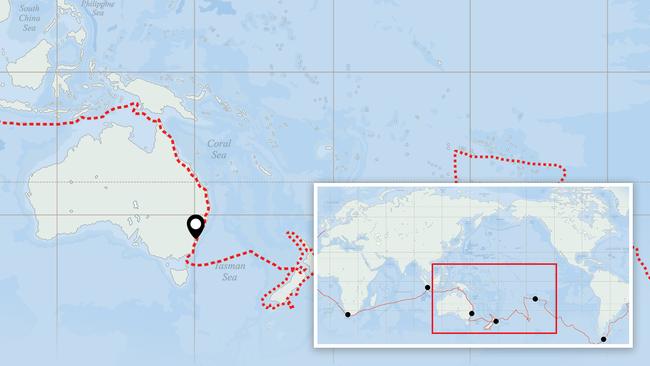
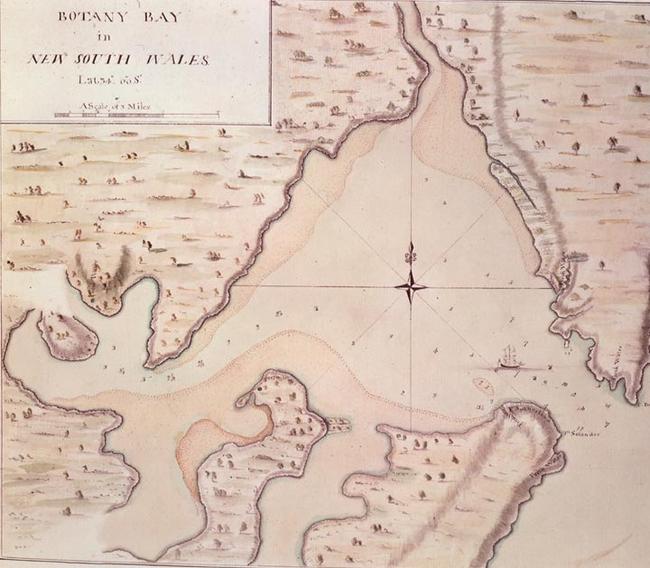
-
April 29, 1770
The first landing in what Cook called Stingray, later, Botany Bay. A confrontation took place with two men who opposed the British landing and shots were fired, injuring one man in the leg. Joseph Banks recorded the fishing party observed at Botany Bay on April 26, 1770. He wrote:
‘Their canoes … a piece of Bark tied together in Pleats at the ends and kept extended in the middle by small bows of wood was the whole embarkation, which carried one or two … people … paddling with paddles about 18 inches long, one of which they held in either hand.’
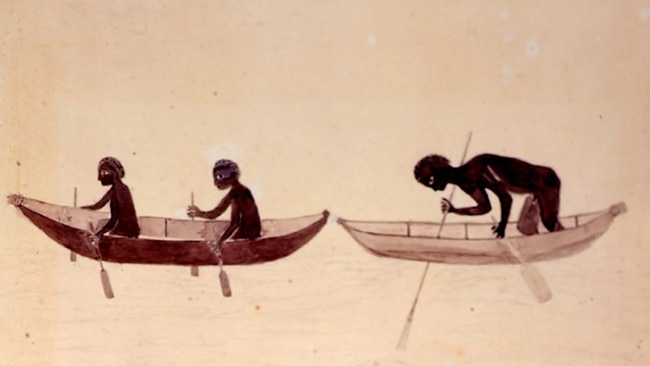
-
May 5, 1770
The Endeavour sailed north, passing an inlet Cook called Port Jackson, which later became the site of the first British prison colony in Australia and which grew into the modern city of Sydney.
-
June 11, 1770
The Endeavour ran aground on the Great Barrier Reef off modern-day Queensland. The ship was holed below the waterline and nearly sank.
-
June 18, 1770
A landing was made at Waalumbaal Birri, which the British called Endeavour River, and the ship hauled ashore for repairs.
-
June 23, 1770
Members of the expedition sighted a kangaroo for the first time.
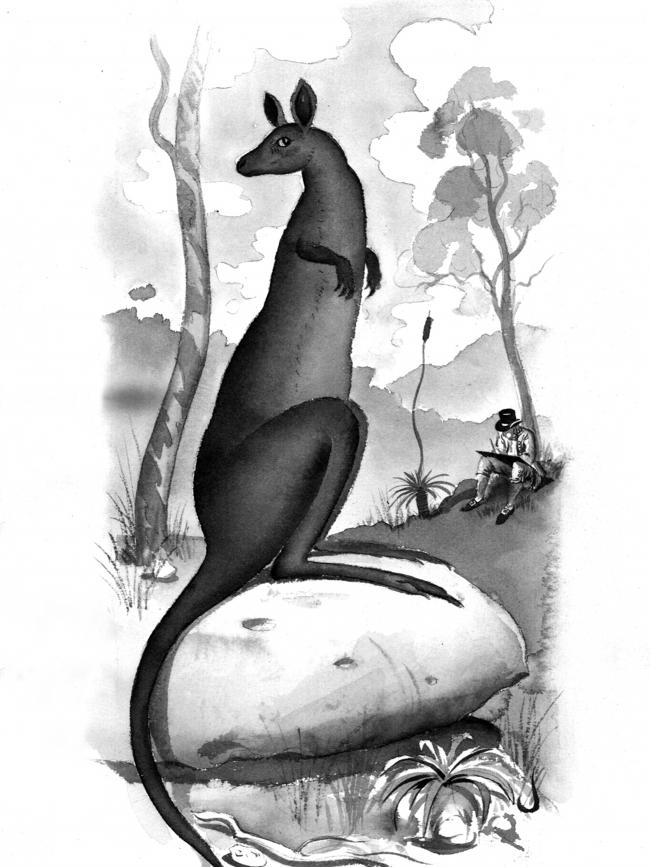
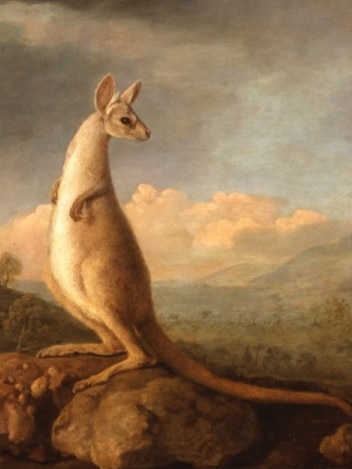
-
July 10, 1770
The first meeting between the British and the Guugu Yimithirr people who lived in the Endeavour River area. During the stay, Parkinson compiled a vocabulary of the Guugu Yimithirr language, including the word ‘kangooroo’ (gangurru).
-
August 16, 1770
The Endeavour almost ran aground again on the Great Barrier Reef but avoided this by sailing through a gap in the coral.
-
August 22, 1770
Cook claimed the east coast of Australia, calling it New South Wales, at an island he called Possession Island.
-
October 11, 1770
The Endeavour anchored at Batavia (modern-day Jakarta) for further repairs and provisioning. During the stay seven men died from fever, including Tupaia, Taiato and William Monkhouse, the surgeon.
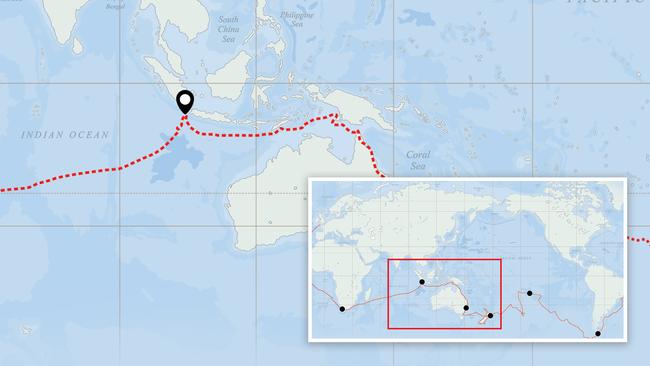
-
November 26, 1770
The Endeavour sailed from Batavia. On the journey across the Indian Ocean via Cape Town, South Africa, more than two dozen men died from fever, including artist Parkinson and astronomer Green.
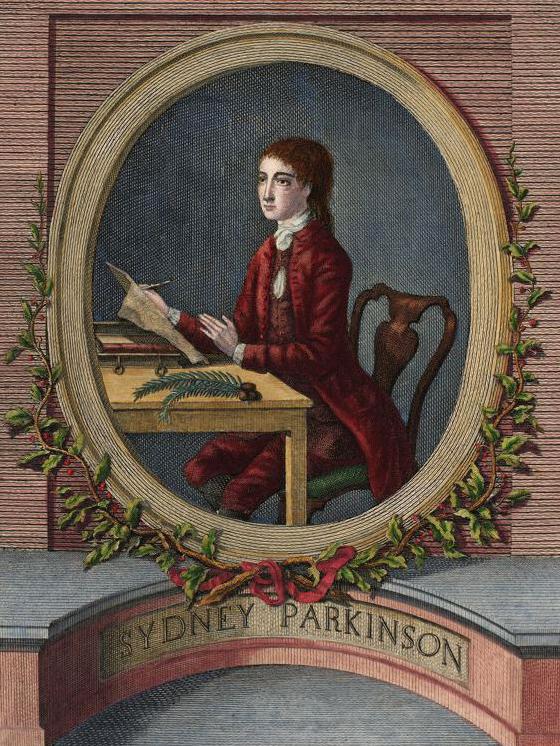
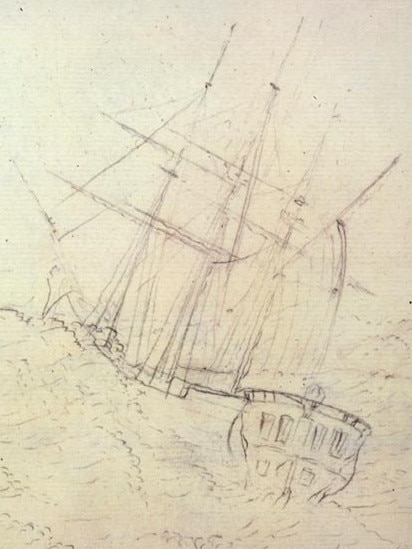
-
March 14, 1771
The Endeavour anchored at the Cape of Good Hope to take on supplies before sailing north towards Britain.
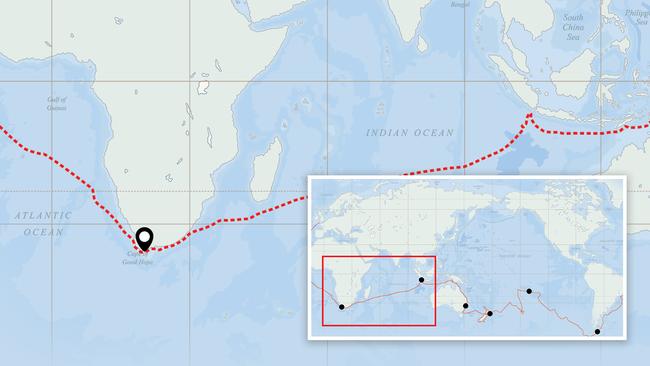
-
July 16, 1771
The Endeavour anchored in the Thames.
-
Words and pictures from the British Library, and A Journal of a Voyage to the South Seas in His Majesty’s Ship the Endeavour from the S.P.Lohia Collection


